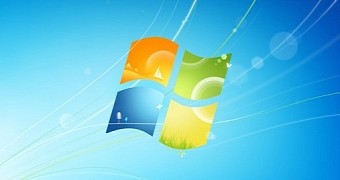Starting this month, Microsoft is no longer shipping updates for Windows 7 and 8.1 when new processors are detected, as the company is only supporting these chips on Windows 10.
Part of Redmond’s strategy to encourage the transition to Windows 10, the blocking of updates on Windows 7 and 8.1 systems powered by processors like AMD’s Ryzen or Intel’s Kaby Lake leaves users with no other option than to upgrade to the latest operating system.
A notification that’s displayed to users when trying to update these systems provides them with instructions on how to perform the switch to Windows 10.
“Your PC uses a processor that is designed for the latest version of Windows. Because the processor is not supported together with the Windows version that you are currently using, your system will miss the important security updates,” this notification reads.
The benefits of moving to Windows 10
It goes without saying that, without patches and security updates, systems remain vulnerable just like they are running an unsupported version of Windows, while at the same time missing all the opportunities of new technologies that are bundled into Windows 10.
In terms of gaming, for example, users who are upgrading to Windows 10 can use not only the new DirectX 12 but also the Game mode that’s exclusively available in the Windows 10 Creators Update. This new feature boosts gaming performance by setting the game’s main process to high priority level, while also pushing other less critical processes to standby mode for reduced resource usage.
Migrating to Windows 10 is a step that, sooner or later, everyone needs to take, especially because older operating systems are slowly but surely reaching end of support anyway. Windows 7, for example, is projected to stop receiving updates in January 2020, so users running it have less than 3 years to perform the switch to Windows 10.

 14 DAY TRIAL //
14 DAY TRIAL //